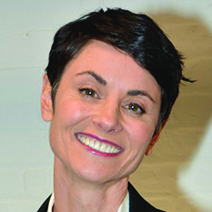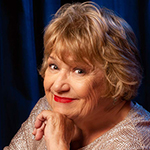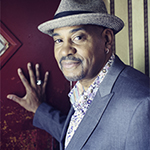Broadway by the Year: The 1920s
The Town Hall, NYC, February 27, 2017
Reviewed by Ron Forman for Cabaret Scenes

Photo: Genevieve Rafter Keddy
The 1920s was a transformational decade for Broadway musicals. Prior to the ’20s, musicals on Broadway were primarily either revues or operettas.
online pharmacy http://www.nicaweb.com/images/photoalbum/gif/clomiphene.html no prescription drugstore
https://www.fiercereads.com/wp-content/languages/new/proofreading-services.html
In the ’20s, what we now think of as a Broadway musical came to be.
https://www.fiercereads.com/wp-content/languages/new/writing-essays-for-money.html
Scott Siegel artfully used two dozen songs from the decade to give the very best examples of what a theatergoer would hear on Broadway.
online pharmacy http://www.nicaweb.com/images/photoalbum/gif/flexeril.html no prescription drugstore
As he always does, in this the 17th year of Broadway by the Year productions, Siegel’s introduction to each song was both entertaining and informative. Particularly incisive was his comment that we may not remember the shows, but we will remember the songs.
https://www.fiercereads.com/wp-content/languages/new/write-my-essay-cheap.html
William Michals opened the show by performing “Song of the Vagabonds” (The Vagabond King) in his big booming voice, as it was done on Broadway in the ’20s: unplugged (no microphone). Michals would return for two more numbers: “Lover, Come Back to Me” from one of the last of the operettas written for Broadway, 1928’s The New Moon, and, later, for another unplugged number, “One Alone” (The Desert Song). Robert Cuccioli and Carolee Carmello displayed their especially pleasing voices in solo numbers: “My Heart Stood Still” (A Connecticut Yankee) and a powerful “The Man I Love” (cut from a few Gershwin musicals), respectively. Their voices blended magically in “Make Believe” (Show Boat). Beth Malone (pictured) performed three numbers, including a rousing “Toot, Toot, Tootsie (Goo’ Bye!)” (Bombo) that had her moving gracefully on stage with four young dancers to open Act II. Jill Paice displayed her thrilling soprano with “More Than You Know” (Great Day), and her mournful performance of Lorenz Hart’s autobiographical lyric for “A Ship Without a Sail” (music: Richard Rodgers from Heads Up). Mary Testa appropriately belted “Find Me a Primitive Man” (Fifty Million Frenchmen), and then softened her approach to “I’ve Got a Crush On You” (Treasure Girl). Dancing is always a part of the Broadway musical and Danny Gardner dazzled with his tap dancing and vocal on “’S Wonderful” (Funny Face), and then returned with two other wonderful tap dancers, Brent McBeth and John Scacchetti, for “I Want to Be Happy” (No, No, Nanette). The company joined Testa and Carmello for the big closing number, “Fascinating Rhythm” (Lady, Be Good!).





